Roatán (Spanish pronunciation: [ro.a.ˈtan]) is an island in the Caribbean, about 65 kilometres (40 mi) off the northern coast of Honduras. The largest of the Bay Islands of Honduras, it is located between the islands of Utila and Guanaja. The island was formerly known in English as Ruatan and Rattan.
It is approximately 77 kilometres (48 mi) long, and less than 8 kilometres (5.0 mi) across at its widest point. The island consists of two municipalities: José Santos Guardiola in the east and Roatán, including the Cayos Cochinos, in the west.
 French Harbour in the 1960s
French Harbour in the 1960s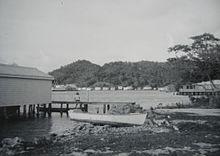 Oak Ridge in the 1960s
Oak Ridge in the 1960sThe indigenous people of the Bay Islands are believed to have been related to either the Paya, the Maya, the Lenca or the Tolupan, which were the tribes present on the mainland. Christopher Columbus visited the neighboring island of Guanaja on his fourth voyage (1502–1504). Soon after, the Spanish began trading in the islands for slave labour. More devastating for the local people was exposure to infectious diseases to which they had no immunity, such as smallpox and measles.
Throughout the European colonial era, the Bay of Honduras attracted an array of individual settlers, pirates, traders and military forces. Various economic activities were engaged in and political struggles played out between the European powers, chiefly Britain and Spain. Sea travellers frequently stopped over at Roatán and the other islands as resting points. On several occasions, the islands were subject to military occupation. In contesting with the Spanish for colonisation of the Caribbean, the English occupied the Bay Islands on and off between 1550 and 1700. During this time, buccaneers found the vacated, mostly unprotected islands a haven for safe harbour and transport. English, French and Dutch pirates established settlements on the islands. They frequently raided the Spanish treasure ships, cargo vessels carrying gold and silver from the New World to Spain. In 1722 fisherman Philip Ashton was captured by the pirate Edward Low and managed to escape on a watering rendezvous on Roatan. His noted account of his subsequent year spent on the uninhabited island provides a glimpse of the island after the eradication of the Paya and before colonisation.[1]
During the War of the Austrian Succession, a British Army detachment under the command of John Caulfeild garrisoned the island from 1742 to 1749. The garrison originally consisted of two companies of Gooch's American Regiment, but these were eventually amalgamated into the 49th Regiment of Foot (later amalgamated as part of the Cardwell Reforms into the Royal Berkshire Regiment).[2]
In 1797, the British defeated the Garifuna, who had been supported by the French, in a conflict for control of the Windward Caribbean island of St. Vincent as part of the Second Carib War. The British then deported the Garifuna to Roatán. The majority of the Garifuna migrated to Trujillo on mainland Honduras, but a portion remained to found the community of Punta Gorda on the northern coast of Roatán. The Garifuna, whose ancestry includes Arawak and Maroons, remained in Punta Gorda, becoming the Bay Island's first permanent post-Columbian settlers. They also migrated from there to parts of the northern coast of Central America, becoming the foundation of the modern-day Garífuna culture in Honduras, Belize and Guatemala.[citation needed]
The majority permanent population of Roatán originated from the Cayman Islands. They arrived in the 1830s shortly after the passage of the 1833 Slavery Abolition Act; the changes in the labour system disrupted the economic structure of the Caymans. The islands had a largely seafaring culture; natives were familiar with the area from turtle fishing and other activities. Former slaveholders from the Cayman Islands were among the first to settle in the seaside locations throughout primarily western Roatán. During the late 1830s and 1840s, former slaves also migrated from the Cayman Islands, in larger number than planters. All together, the former Cayman peoples became the largest cultural group on the island.[3]
For a brief period in the 1850s, Britain declared the Bay Islands its colony. Within a decade, the Crown ceded the territory formally back to Honduras. British colonists were sent to compete for control. They asked American William Walker, a freebooter (filibuster) with a private army, to help end the crisis in 1860 by establishing an independent, English-speaking government over the islands; he eventually fell into the custody of the Honduran government, which executed him.[citation needed]
In the 20th century, there was continued population growth resulting in increased economic changes and environmental challenges. A population boom began with an influx of Spanish-speaking Mestizo migrants from the Honduran mainland. Since the late 20th century, they tripled the previous resident population. Mestizo migrants settled primarily in the urban areas of Coxen Hole and Barrio Los Fuertes (near French Harbour). Even the mainlander influx was dwarfed in number and economic effects by the overwhelming tourist presence in the 21st century. Numerous American, Canadian, British, New Zealander, Australian and South African settlers and entrepreneurs engaged chiefly in the fishing industry. Later, the diving industry, provided the foundation for attracting the tourist trade.[citation needed]
In 1998, Roatán suffered some damage from Hurricane Mitch, temporarily paralysing most commercial activity. The storm also broke up the popular dive-wrecks Aguila and Odyssey.[citation needed]








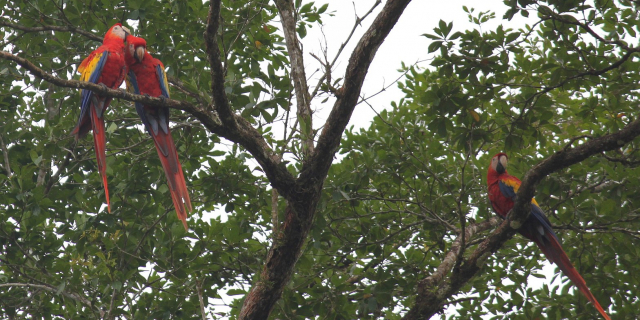
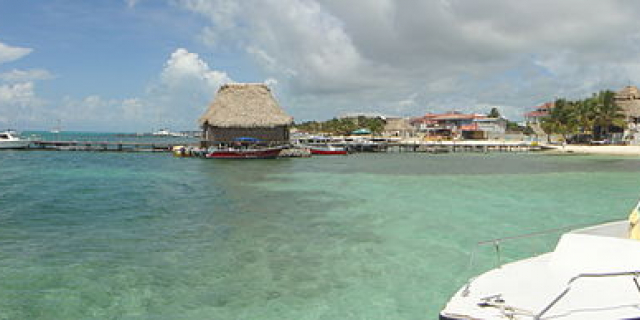

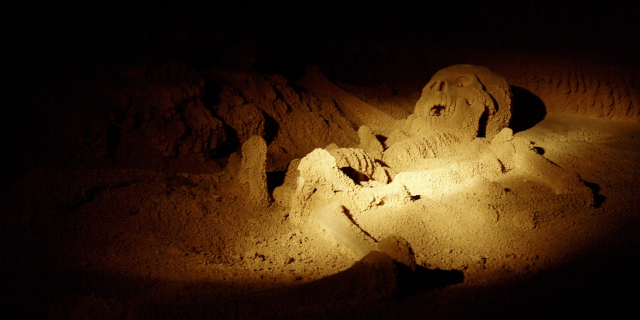





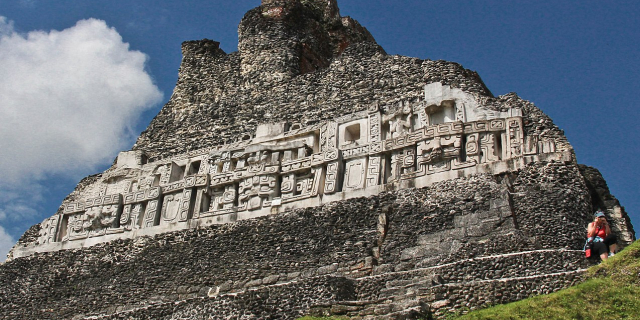

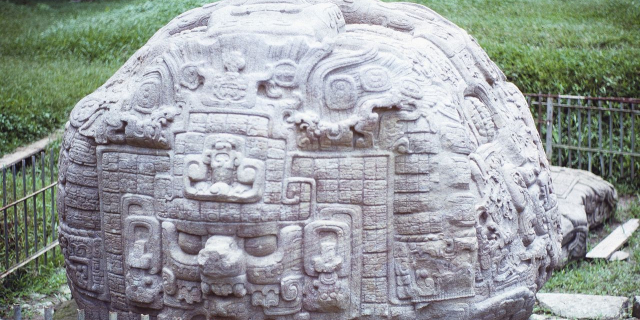




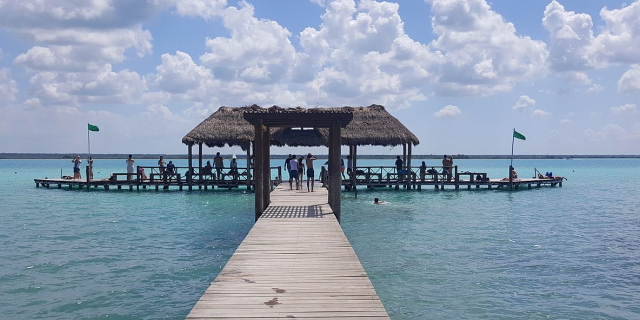

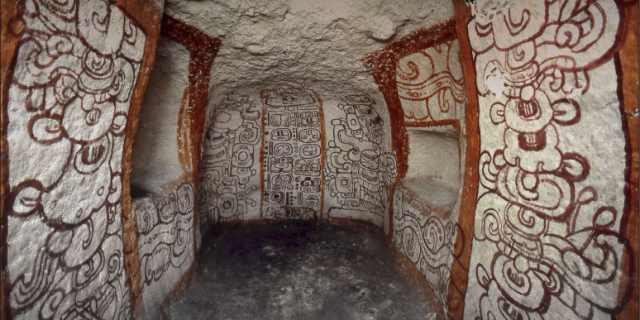

Add new comment